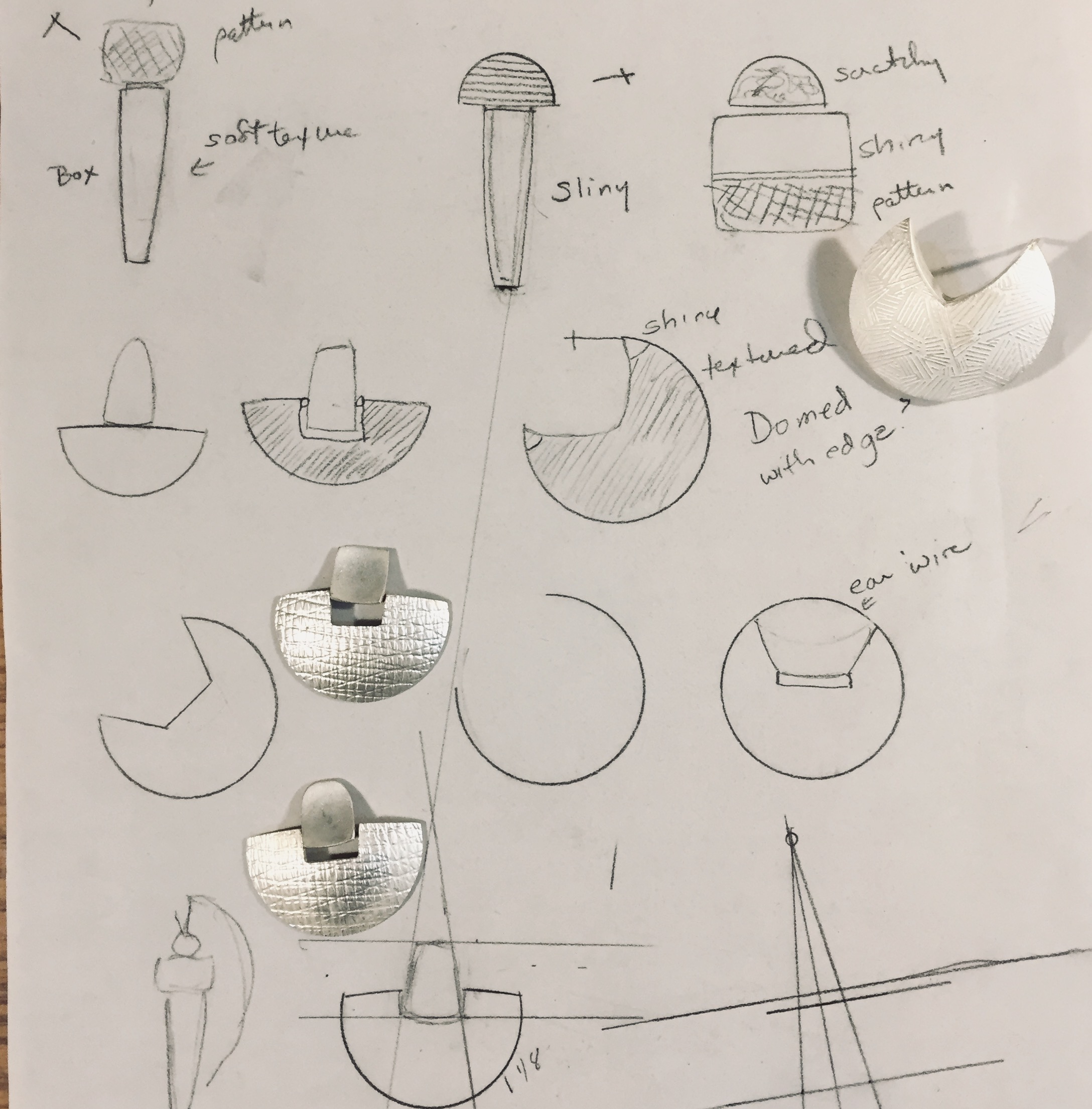
About Jan Stigberg
The Shapes of Nature; the Story of DesignAs a child, I loved to open our huge Webster’s dictionary to the color-plate of gems and gaze at the sparkling stones and say their names. We played at “goldmine”, cracking open pebbles to see what wonders were inside. We displayed them on large flat stone “showcases” in our woodland shop. The urge to work with my hands has been with me for as long as I can remember. I made Christmas ornaments as a child and spent hours wrapping gifts in fanciful ways.
I get excited about working with all types of materials, and need to control the impulse to try my hand at too many things. When an aunt passed away, I inherited several weaving looms. I quickly found a new home for them before I could get pulled into yet another new creative interest. Woodworking is the other craft that I’ve pursued with enthusiasm over the last decade. It’s been very rewarding to have a “hobby” that I could indulge without any practical constraints or time limits. The softness and warmth of wood makes a nice contrast to working in metal. The rigidity of wood makes me appreciate the malleability of metal.
…the Story of Design
Massachusetts studio metalsmith and Wheaton College graduate Jan Stigberg creates one-of-a-kind and limited-edition contemporary jewelry using sterling silver with 18k and 22k gold accents and natural stones. Over her 40 years as a metalsmith, she has worked in silver, gold and platinum for several NE designers, expanding and refining her skills. She studied with Ron Pearson and Heikki Seppa, and at the MFA Museum School in Boston. Each new technique broadened the possibilities for her own work and refined her skills. The result is a body of work showing design forays in several distinct directions. Traditional silver smithing techniques combine with simple, modern shapes and clean lines reminiscent of her Scandinavian heritage.
In some of her work, Jan uses patterns of shiny dots and dashes against an oxidized ground, to create bold graphic patterns reminiscent of tribal textiles and pottery. Another group of pieces are made up of pillowed hollow shapes with soft textured surfaces and quiet elegance. Chains have become a new area of fascination and exploration. Every culture has produced chains but they usually play a subordinate role in jewelry. A distinctive chain becomes a frame for the face and makes a statement of its own.
